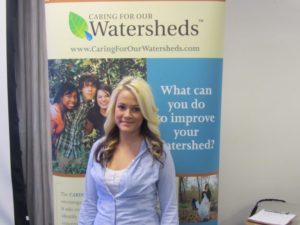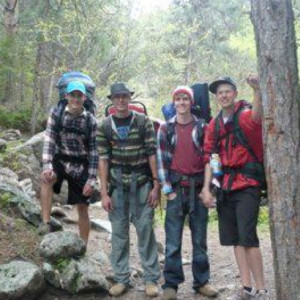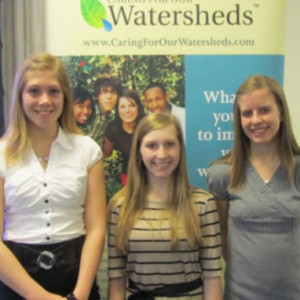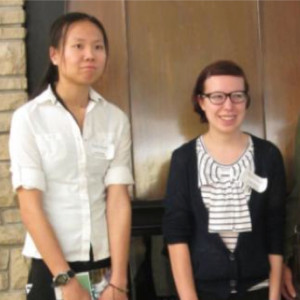2015 Greeley, Colorado, USA

This project was to create and distribute an environmentally friendly household cleaner. The goal was to get families to replace cleaners that contain harmful chemicals with ones that will not hurt the environment. The students made a recipe out of vinegar, Borax and water. The recipe was included on the bottle and in the brochure, so people could continue to make it on their own. Once the substance was created, the students passed their product out to families at the school’s spring parent-teacher conferences. They contacted the recipients of their product and asked them about their experience with the product to gain feedback as well.
The cleaner could potentially cut down on the amount chemicals used by each family that receives and switches to the students’ product. This in turn cuts down on the overall amount of chemicals polluting the water in our watershed and decreases Eutrophication, which saves local plant and animal life. The students were able to produce the project on a very small scale using only families at the school, but even then one hundred bottles were distributed. The focus of the project is to help people understand that they do not need to use products with chemicals and that they can make safer, cheaper options on their own; they will hopefully also tell their friends and family about this causing a ripple effect; the more people there are who know about it, the more people there are who will choose to make it on their own.

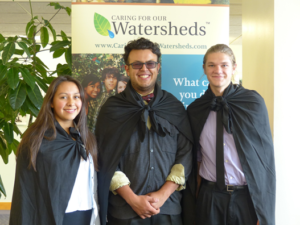
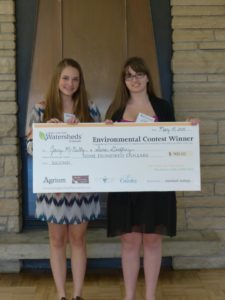
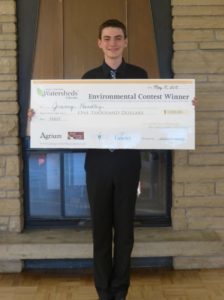
 Rain barrels are designed to collect water, but one distinctive rain barrel designed by students at Daysland School in central Alberta is garnering just as much attention as it is water.
Rain barrels are designed to collect water, but one distinctive rain barrel designed by students at Daysland School in central Alberta is garnering just as much attention as it is water.